The History of Genesee Park and Present Day Hiking Trails
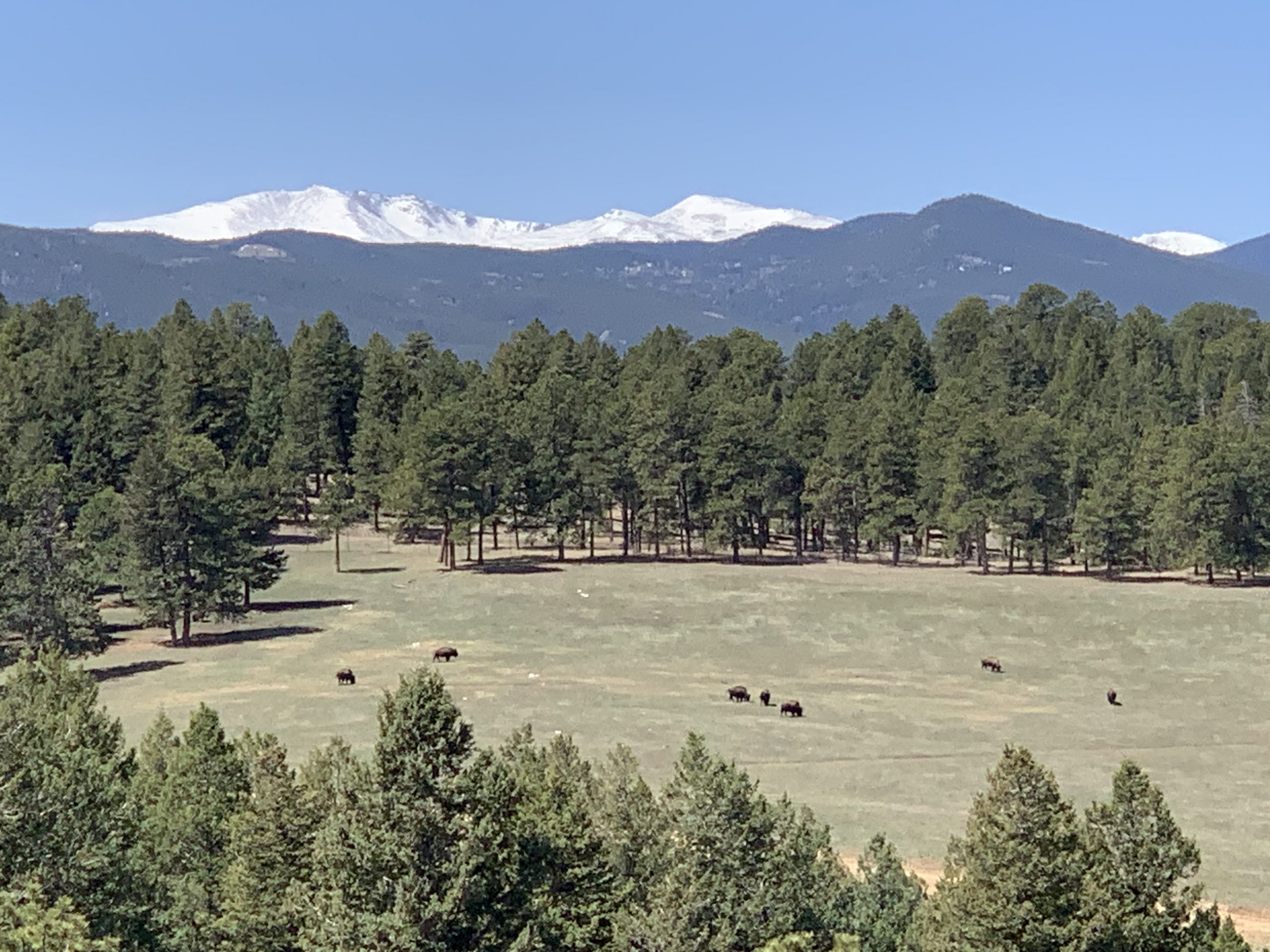
Genesee Park is a picturesque mountain park located in Jefferson County, Colorado, United States. It has a rich history that dates back thousands of years.
HISTORY:
Pre-European Settlement:
Before European settlers arrived, the area that is now Genesee Park was inhabited by Native American tribes, primarily the Ute and Arapaho tribes. These tribes utilized the land for hunting, gathering, and spiritual practices. Evidence of their presence can be found in the form of artifacts and ancient rock art found in the park.
19th Century:
In the 1800s, the Colorado Gold Rush brought a wave of settlers to the region. Genesee Park was initially established as a stage stop along the historic Genesee Route, which was a toll road connecting Denver to Central City and the mining areas in the mountains. The route passed through the park and provided a vital transportation link.
20th Century:
In 1914, Genesee Park was officially designated as a Denver Mountain Park, one of many parks established by the City and County of Denver to preserve and protect natural areas. The park was named after the Genesee River in New York, which had connections to early settlers in the area.
Over the years, the park underwent various improvements and developments, including the construction of picnic areas, hiking trails, and scenic overlooks. The iconic Genesee Mountain Park Pavilion, a rustic stone structure, was built in 1914 and has since become a landmark of the park.
Genesee Buffalo Herd:
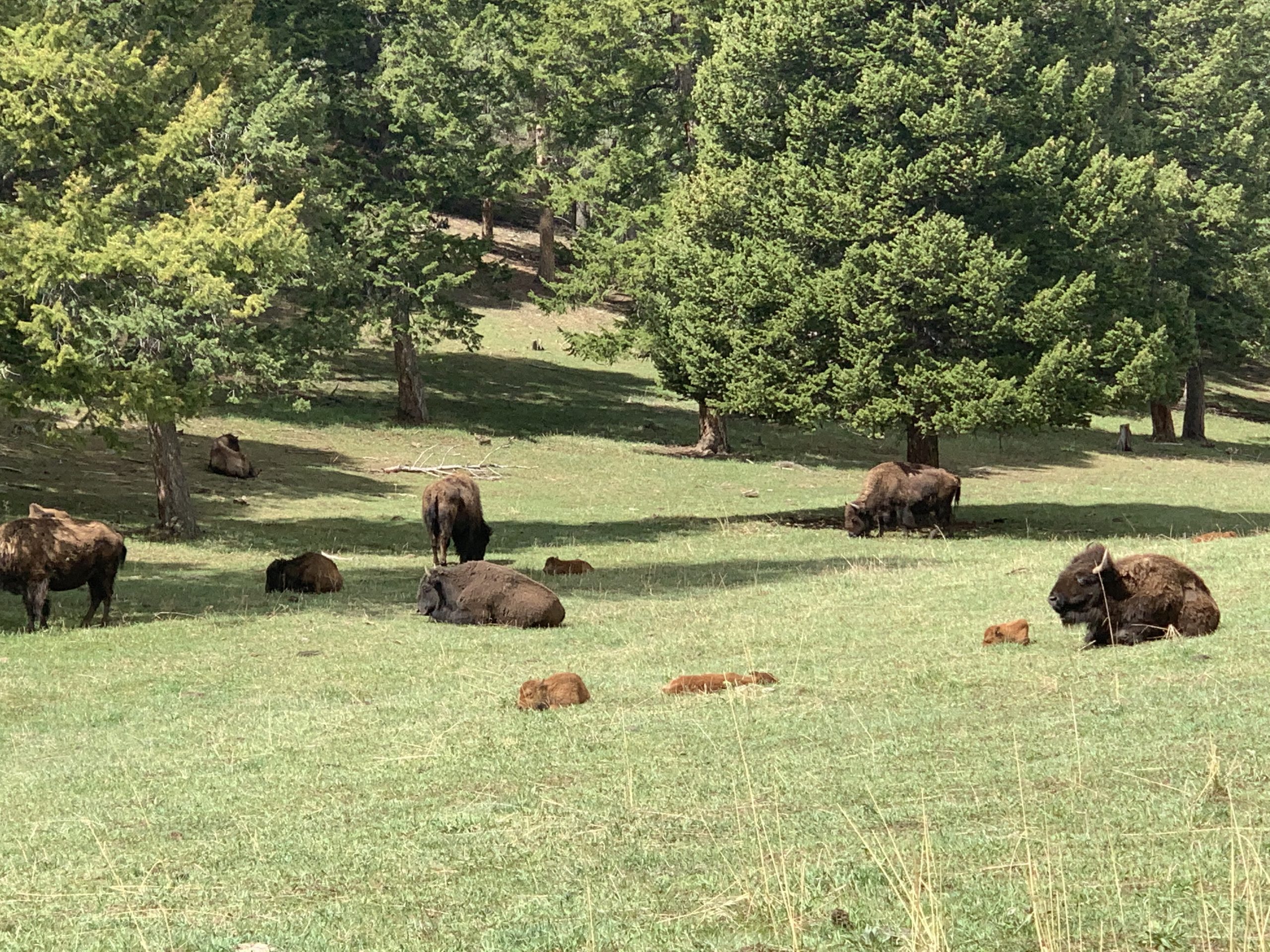
One significant aspect of Genesee Park’s history is its iconic buffalo herd, which has a long and fascinating history.
The buffalo herd in Genesee Park has its roots in the late 1800s when buffalo (American bison) were on the brink of extinction due to overhunting and habitat loss. Recognizing the need to protect this iconic species, efforts were made to establish conservation herds across the United States.
In 1914, the city of Denver acquired a small group of buffalo (7 originally) from the Yellowstone National Park herd. These buffalo were transported to Genesee Park, where they became the foundation of the buffalo herd in the park.
The buffalo in Genesee Park played an important role in the conservation and recovery of the species. As their population grew, surplus animals were periodically relocated to other locations to establish or bolster other conservation herds. This effort helped to increase the overall population of buffalo in North America.
Over the years, the buffalo herd in Genesee Park has become an integral part of the park’s identity and a symbol of the American West. Visitors to the park have the opportunity to observe these majestic animals in a natural setting, as they graze in open meadows or roam the park’s grassy hillsides.
The management of the buffalo herd includes regular monitoring of their health, population size, and genetic diversity. The park authorities work closely with wildlife experts to ensure the well-being and sustainability of the herd.
The buffalo in Genesee Park also serve as ambassadors for education and conservation. Visitors can learn about the history and significance of these iconic animals through interpretive signage and educational programs offered at the park’s visitor center.
Today, the buffalo herd in Genesee Park continues to thrive, representing a successful conservation effort and serving as a reminder of the importance of preserving and protecting our natural heritage. It remains a cherished attraction for visitors and a testament to the park’s commitment to wildlife conservation and habitat preservation.
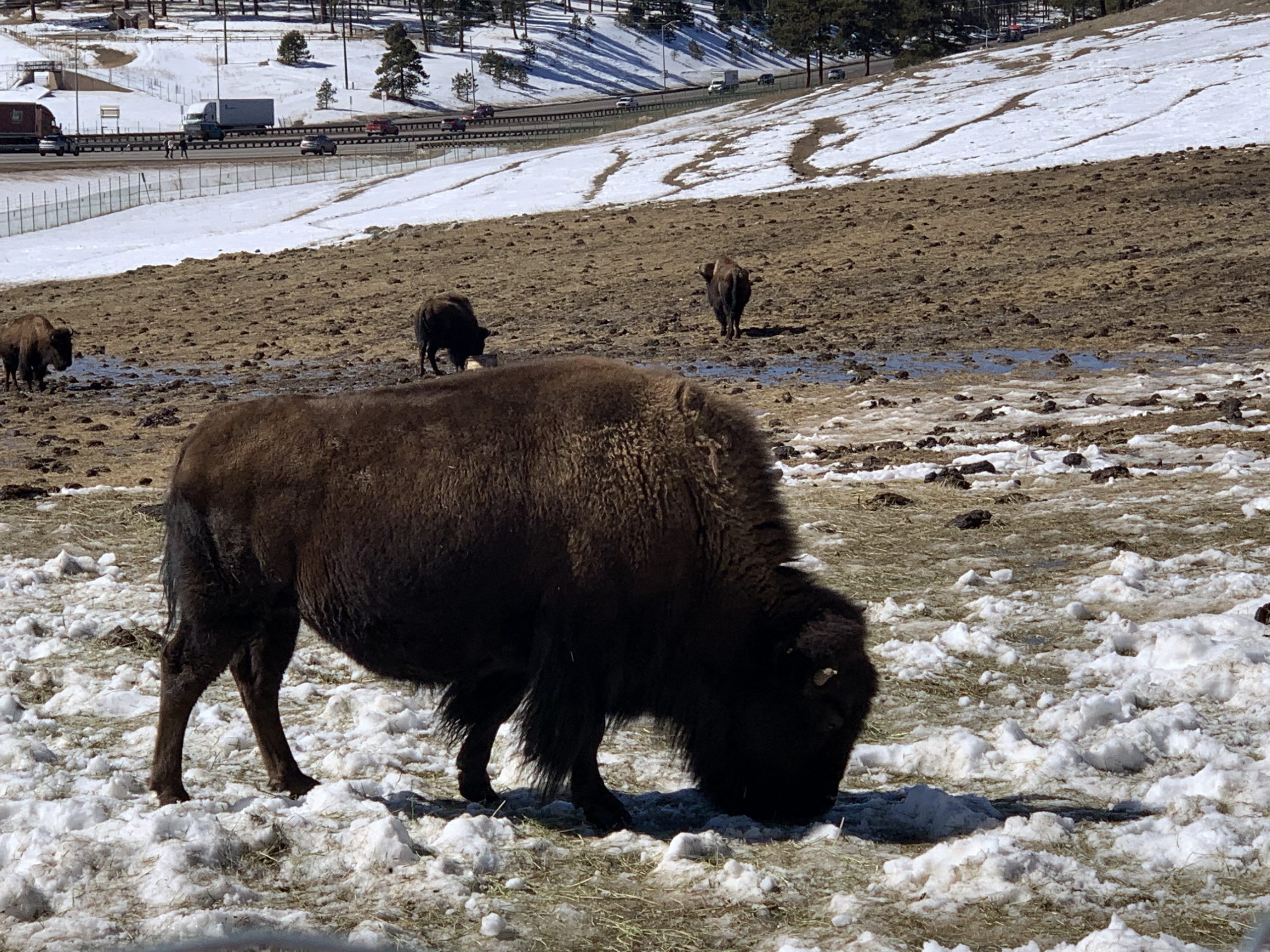 |
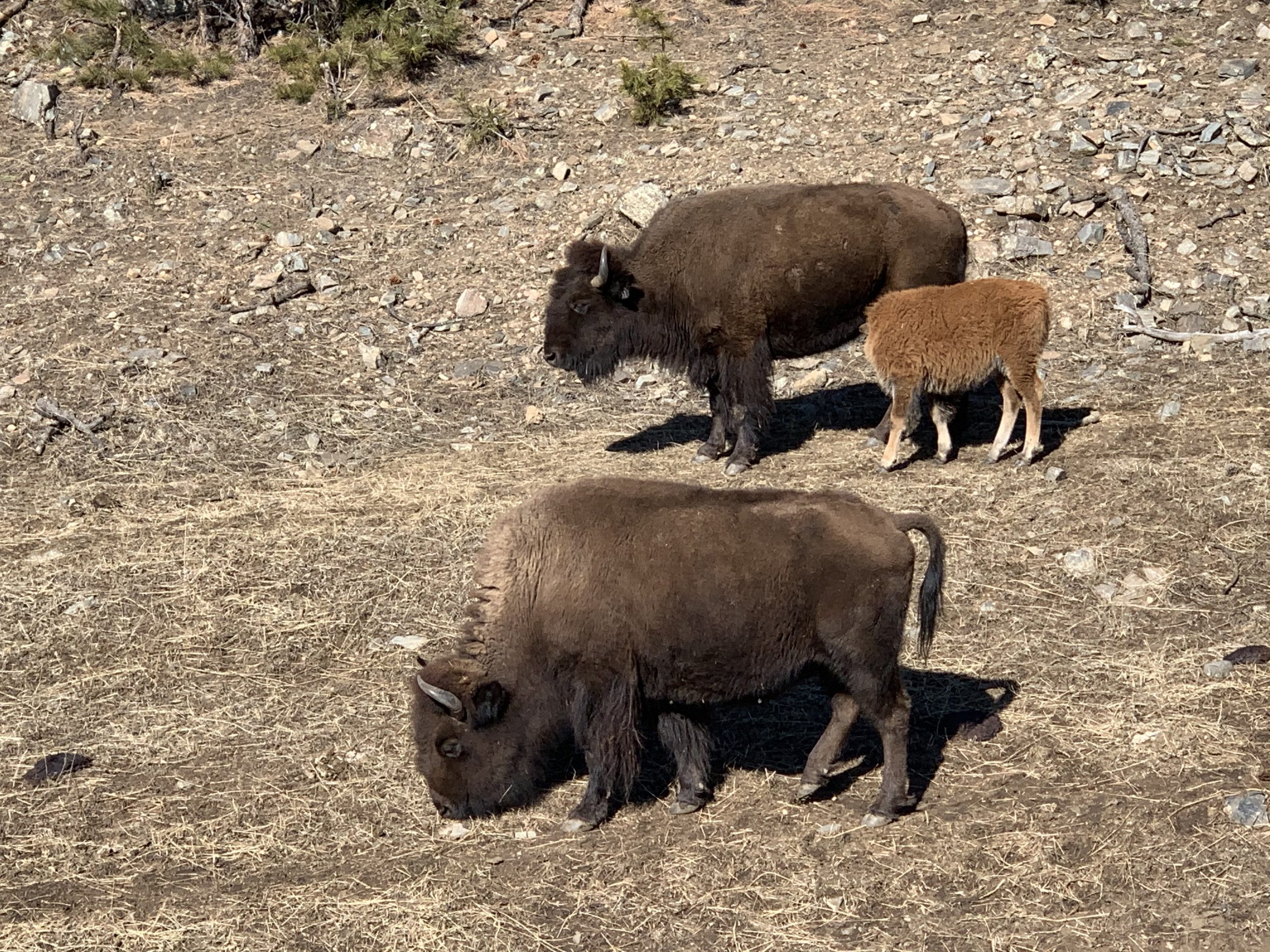 |
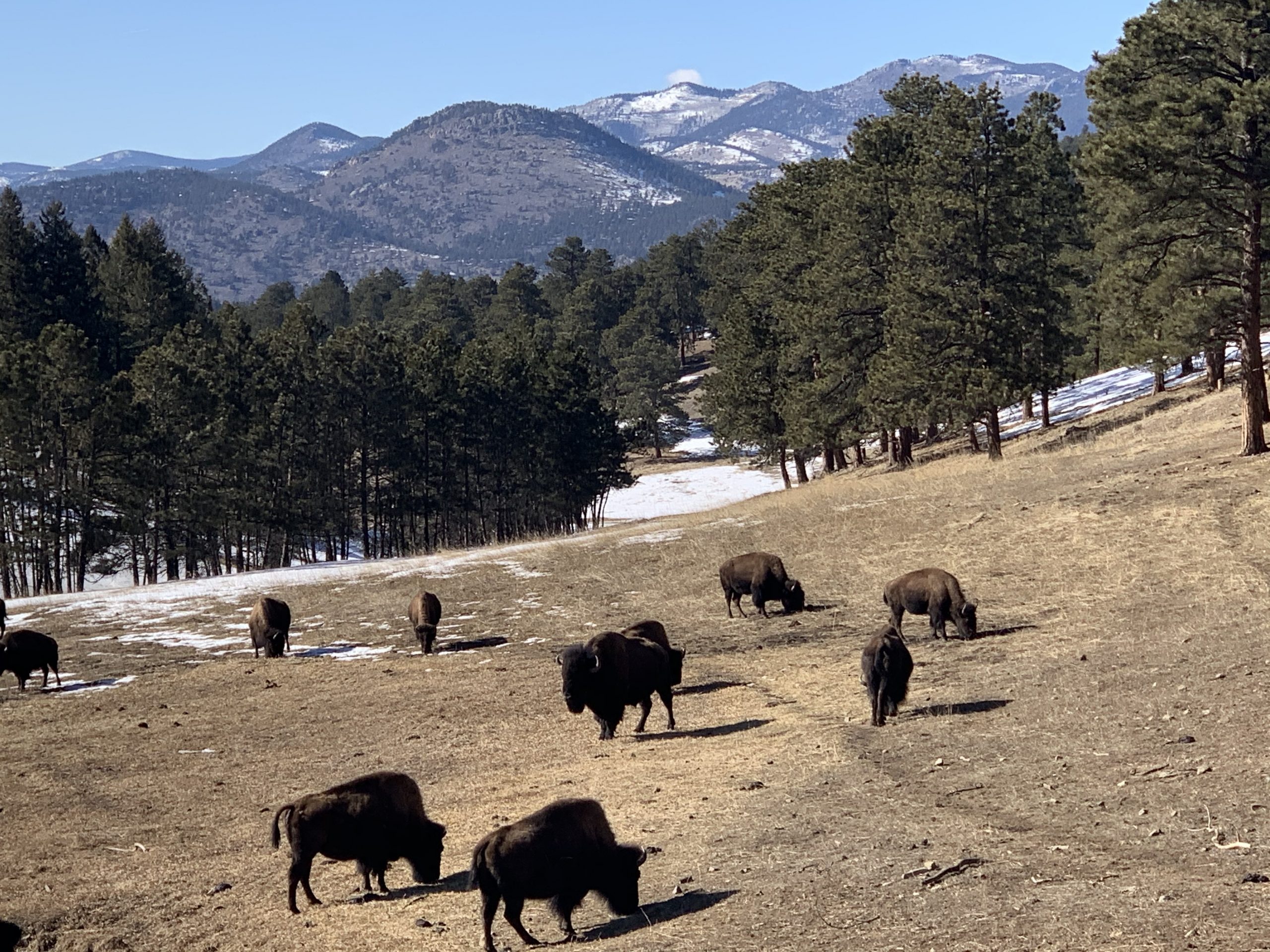 |
PRESENT DAY:
Today:
Genesee Park remains a popular destination for outdoor enthusiasts and nature lovers. It offers a variety of recreational opportunities, including hiking, picnicking, wildlife viewing, and photography. The park is known for its breathtaking views of the surrounding mountains, including Mount Evans and the Continental Divide.
Genesee Park also serves as a vital wildlife habitat, supporting diverse ecosystems and providing a home to a range of wildlife species. Visitors may encounter deer, elk, foxes, and various bird species while exploring the park.
In addition to its natural beauty, Genesee Park continues to preserve and celebrate its historical and cultural significance. The park’s visitor center provides information on the park’s history and offers educational programs and exhibits.
Overall, Genesee Park showcases the natural and cultural heritage of Colorado and remains a cherished destination for locals and tourists alike.
In recent years, Genesee Park has undergone several updates and additions to enhance the visitor experience and provide more recreational opportunities. One notable improvement is the expansion and development of trails within the park.
The Trail System:
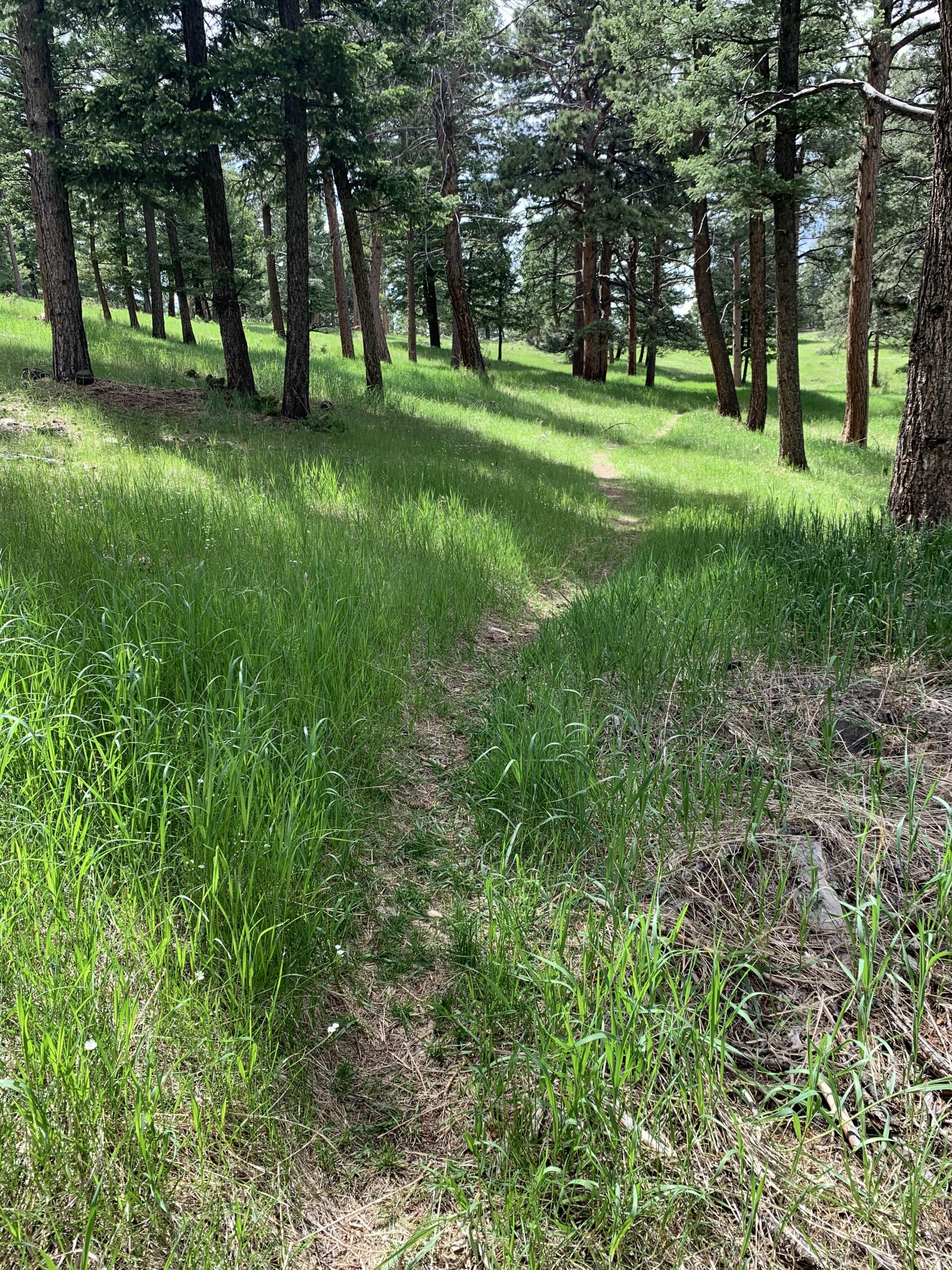
The park now features an extensive trail network that caters to hikers, trail runners, and mountain bikers of varying skill levels. These trails offer opportunities to explore the park’s diverse landscapes and enjoy its natural beauty. Some of the popular trails in Genesee Park include:
- Beaver Brook Trail: This challenging trail spans approximately 4.7 miles and offers a scenic hike through dense forests, along rocky cliffs, and next to cascading waterfalls. It provides breathtaking views of the surrounding mountains and canyons.
- Genesee Park Trail: This moderate trail is approximately 2.4 miles long and offers a pleasant loop through meadows and woodlands. It provides an opportunity to observe wildlife and enjoy the park’s tranquil ambiance.
- Braille Trail: This accessible trail is designed for individuals with visual impairments and offers a unique sensory experience. It features interpretive signs with braille and tactile elements, allowing visitors to engage with nature through touch and sound.
- Chavez Trail: This trail is a popular choice for mountain bikers, with its technical sections and exhilarating descents. It winds through meadows and forests, offering beautiful views along the way.
- Forgotten Valley Trail: This trail takes hikers on a scenic journey through an old valley once home to a bustling stagecoach stop. The trail showcases remnants of historic structures and provides insight into the park’s past.
In addition to the trail expansions, Genesee Park has also implemented other updates to enhance visitor amenities and accessibility. These include improved signage, picnic areas, and restroom facilities. The park management continues to prioritize the preservation of its natural resources while ensuring a positive and enjoyable experience for visitors.
Wildlife You May Encounter on the Trails:
Teaming with woodland creatures, Genesee Park offers a diverse range of wildlife species for visitors to observe. Here are some of the animals you may encounter while exploring the park:
Genesee Park, located in Colorado, offers a diverse range of wildlife species for visitors to observe. Here are some of the animals you may encounter while exploring the park:
Elk: Genesee Park is known for its large elk population. These majestic creatures are often seen grazing in meadows or moving through the forested areas of the park.
Mule Deer: Mule deer are another common sight in Genesee Park. They are known for their large ears and distinctive jumping style, characterized by all four hooves leaving the ground simultaneously.
Foxes: Red foxes and gray foxes (and the occasional black fox) can be found in Genesee Park. These small and agile predators are known for their bushy tails and can often be spotted hunting for small rodents and rabbits.
Wild Turkeys: Genesee Park is home to wild turkeys, particularly the subspecies known as the Merriam’s turkey. These birds are known for their iridescent plumage and can often be seen foraging for food in open areas.
Bobcats: While relatively elusive, bobcats inhabit Genesee Park. These medium-sized wildcats have distinctive tufted ears and are skilled hunters. If you’re lucky, you might catch a glimpse of one prowling through the park’s wooded areas.
Chipmunks: Chipmunks are small, energetic rodents that can be found throughout Genesee Park. They are known for their striped fur patterns and quick movements as they scurry across the forest floor, often gathering and storing food.
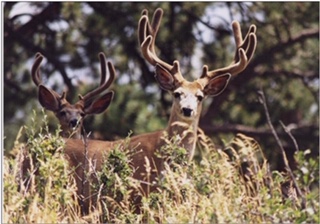
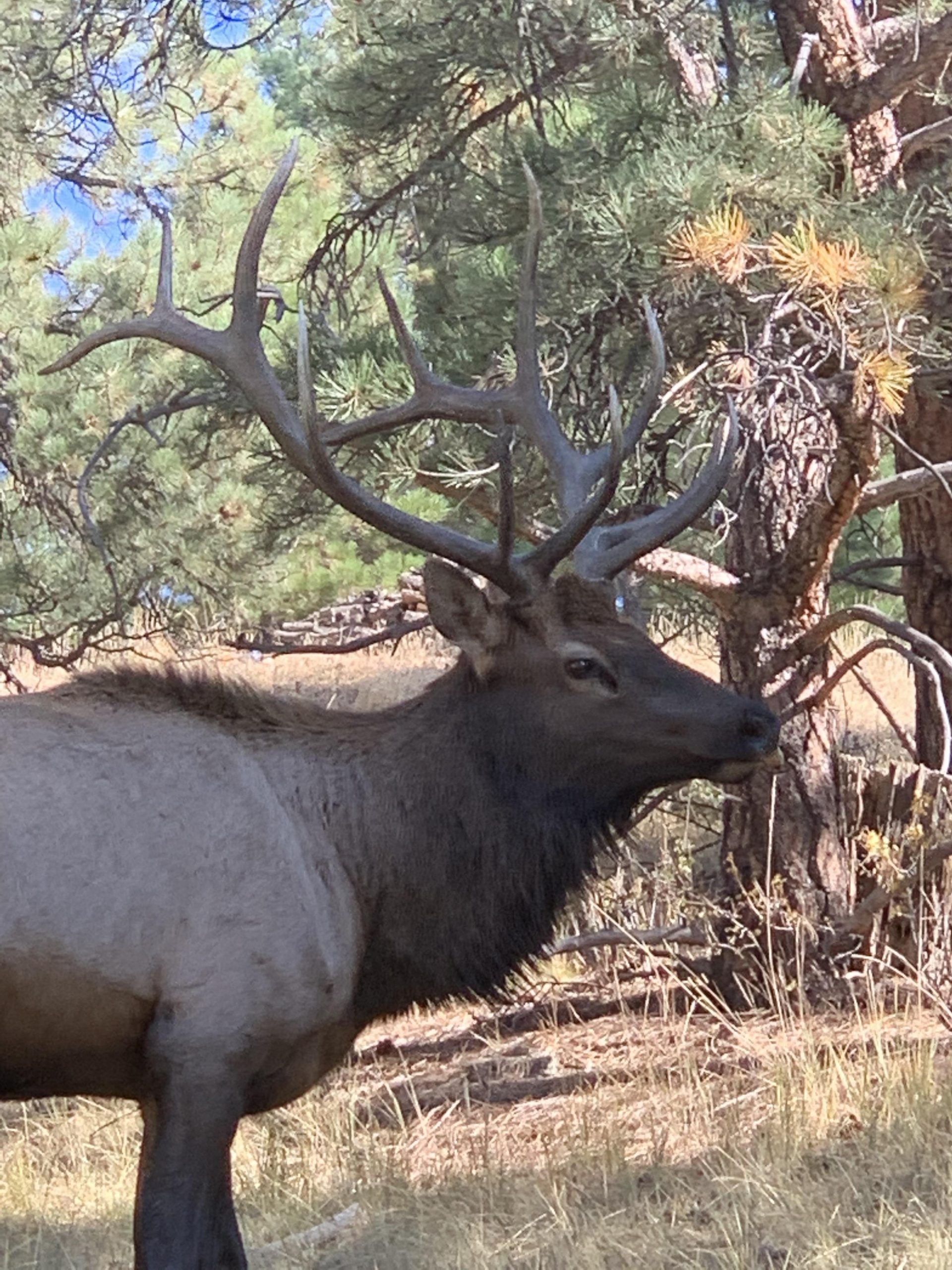 |
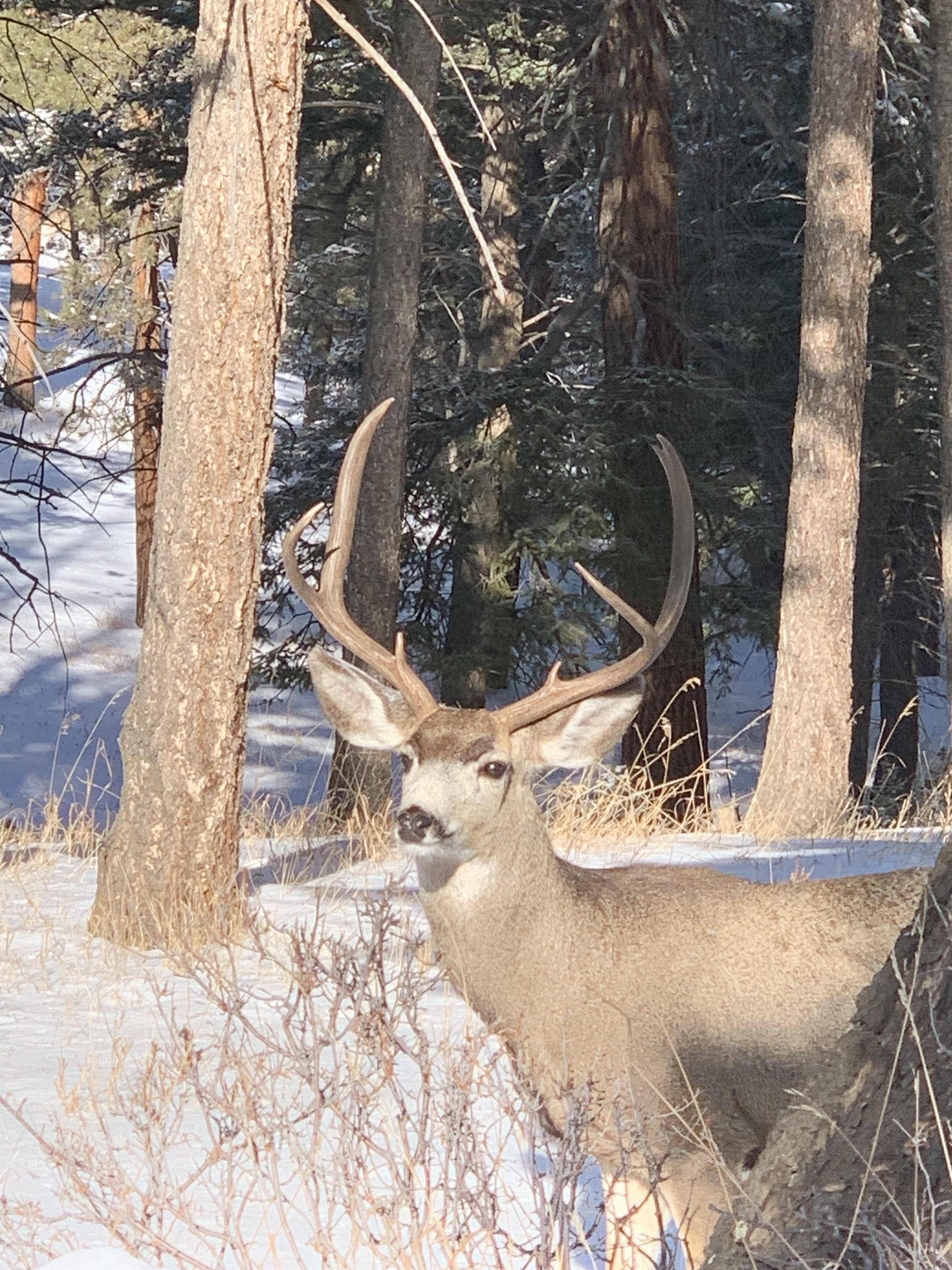 |
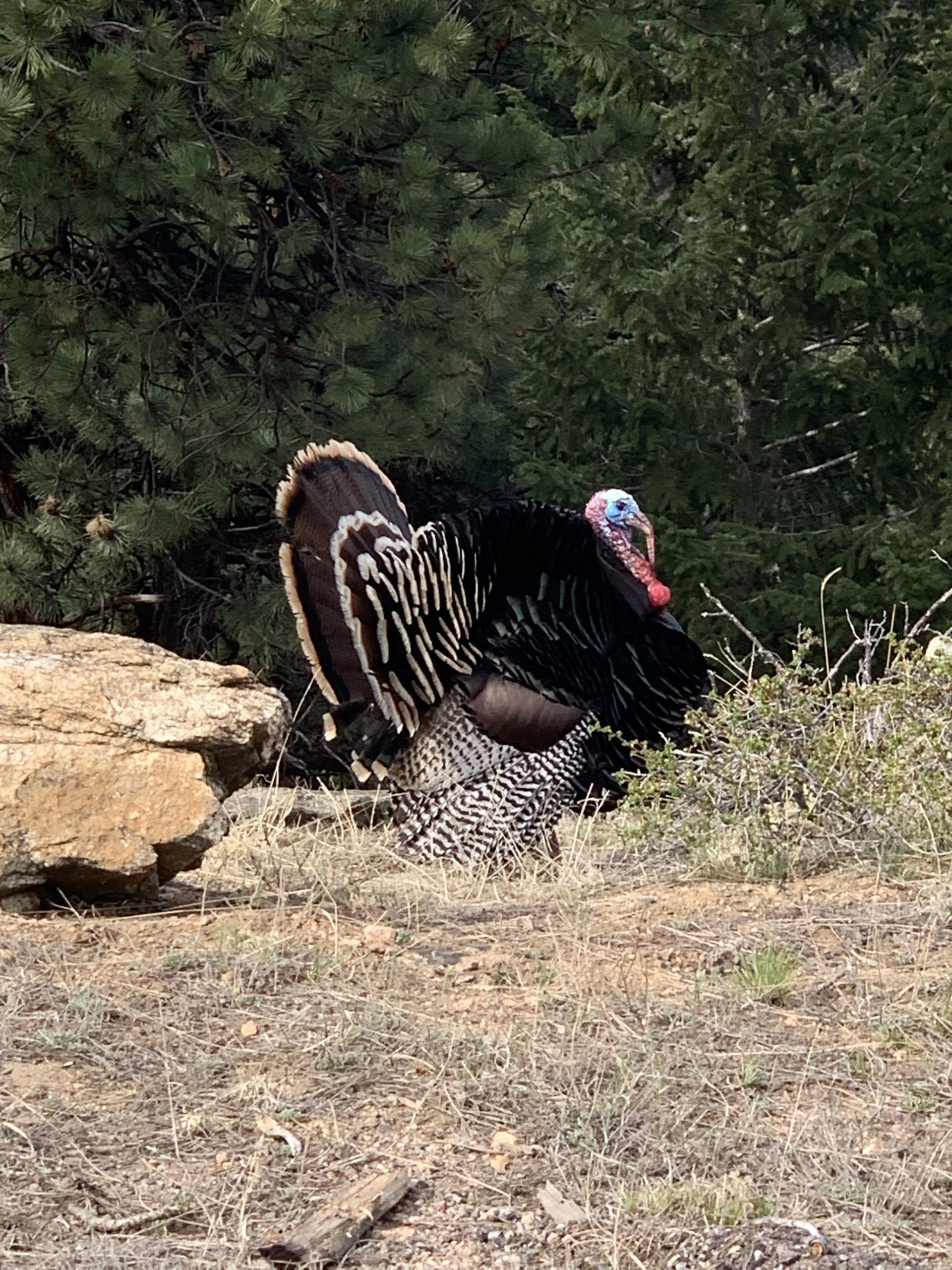 |
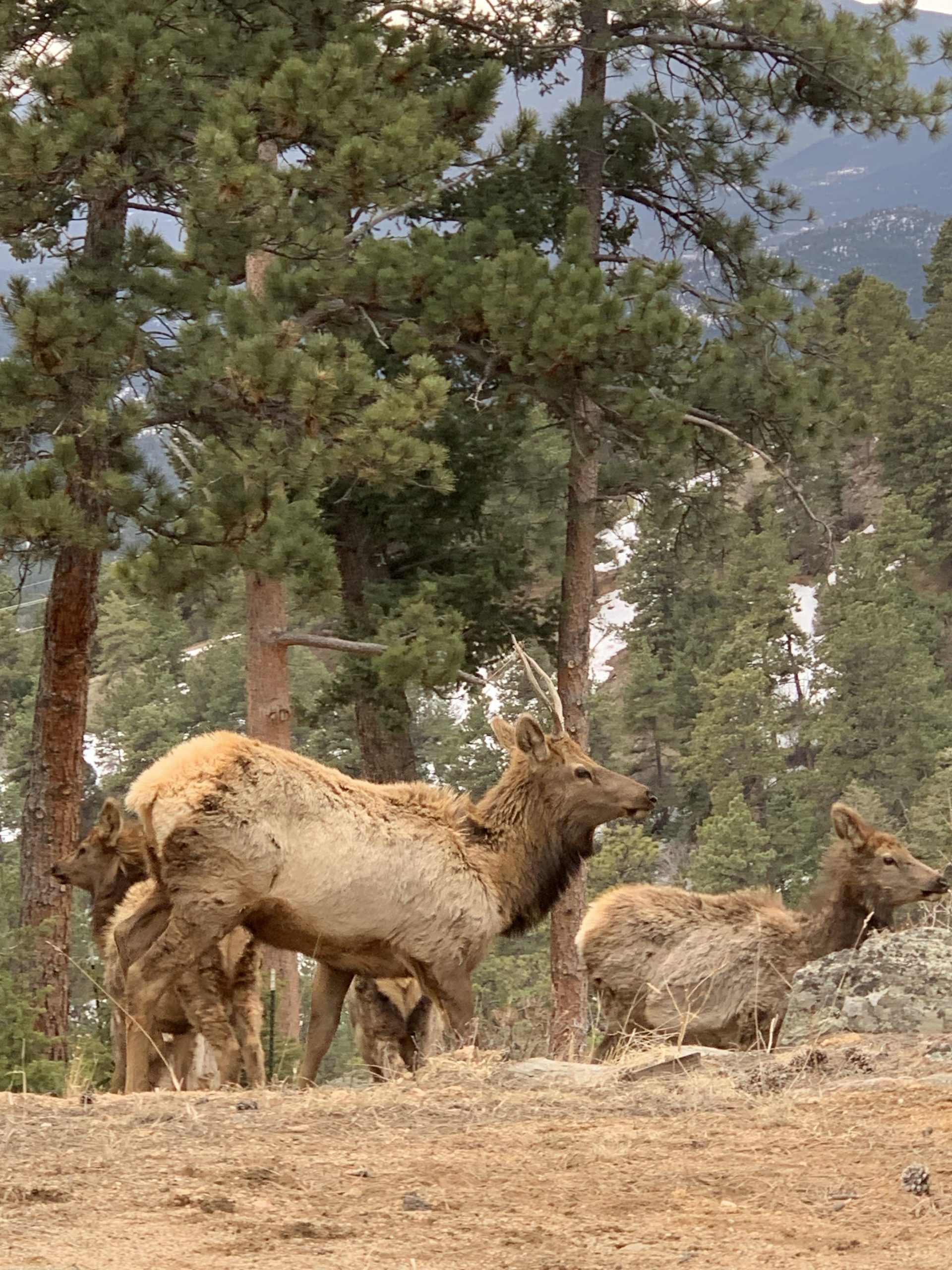 |
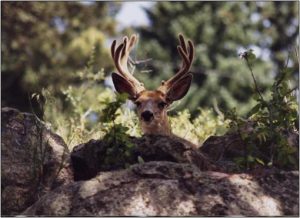 |
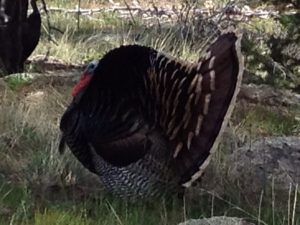 |
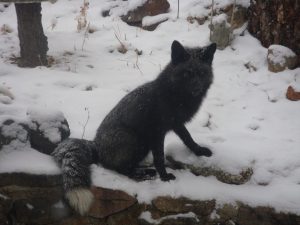 |
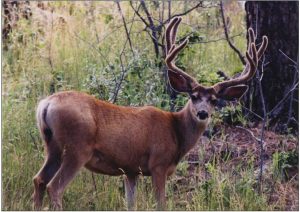 |
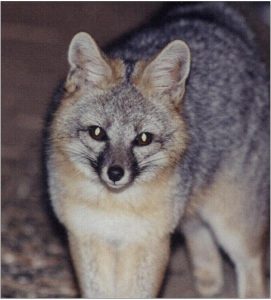
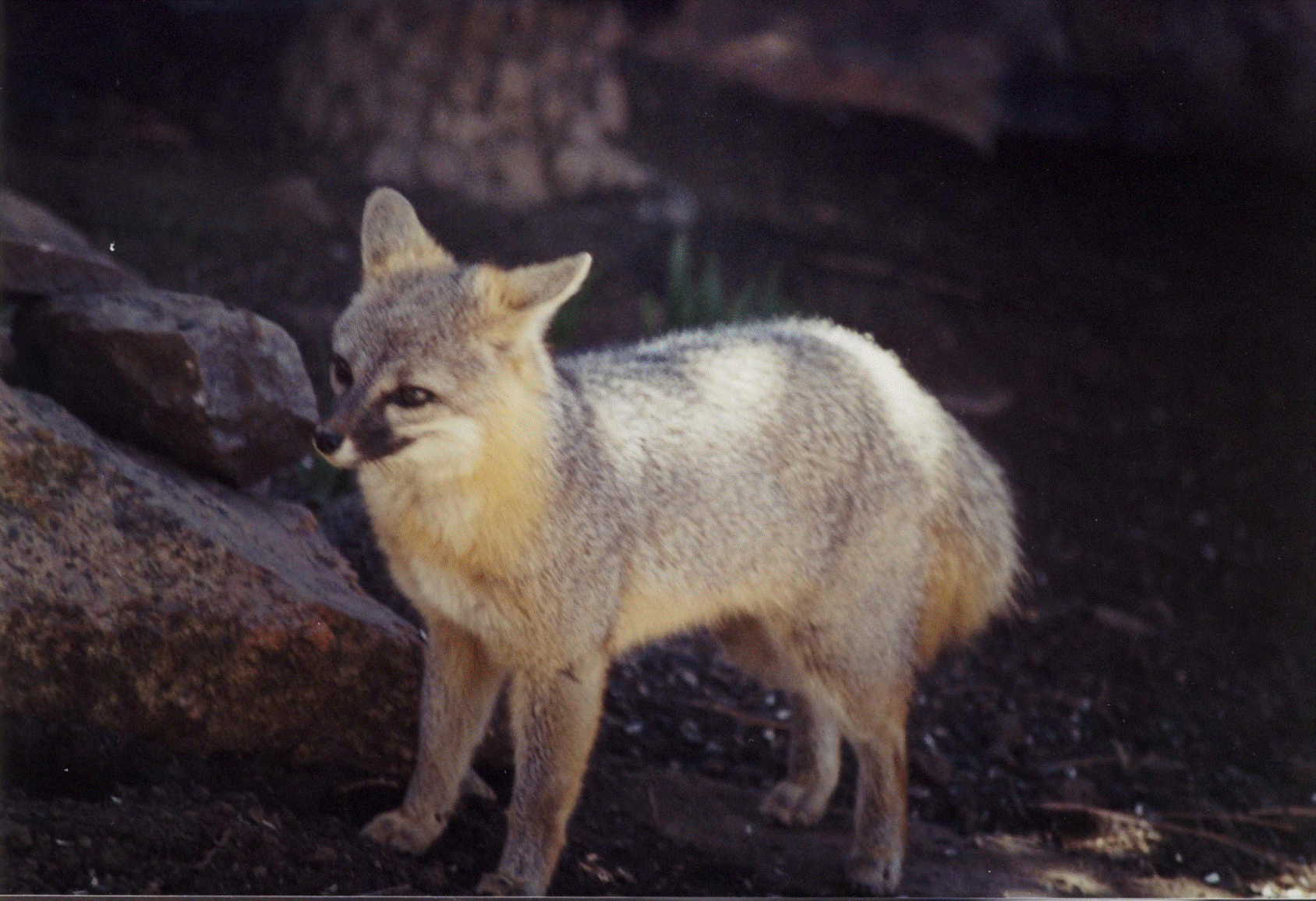
These are just a few examples of the wildlife you may encounter in Genesee Park. Remember to respect their space and observe them from a safe distance, as they are wild animals.
As Genesee Park remains a popular destination, it’s always recommended to check the park’s official website or contact the park authorities for the most up-to-date information on trails, closures, and any additional updates or amenities available to visitors.
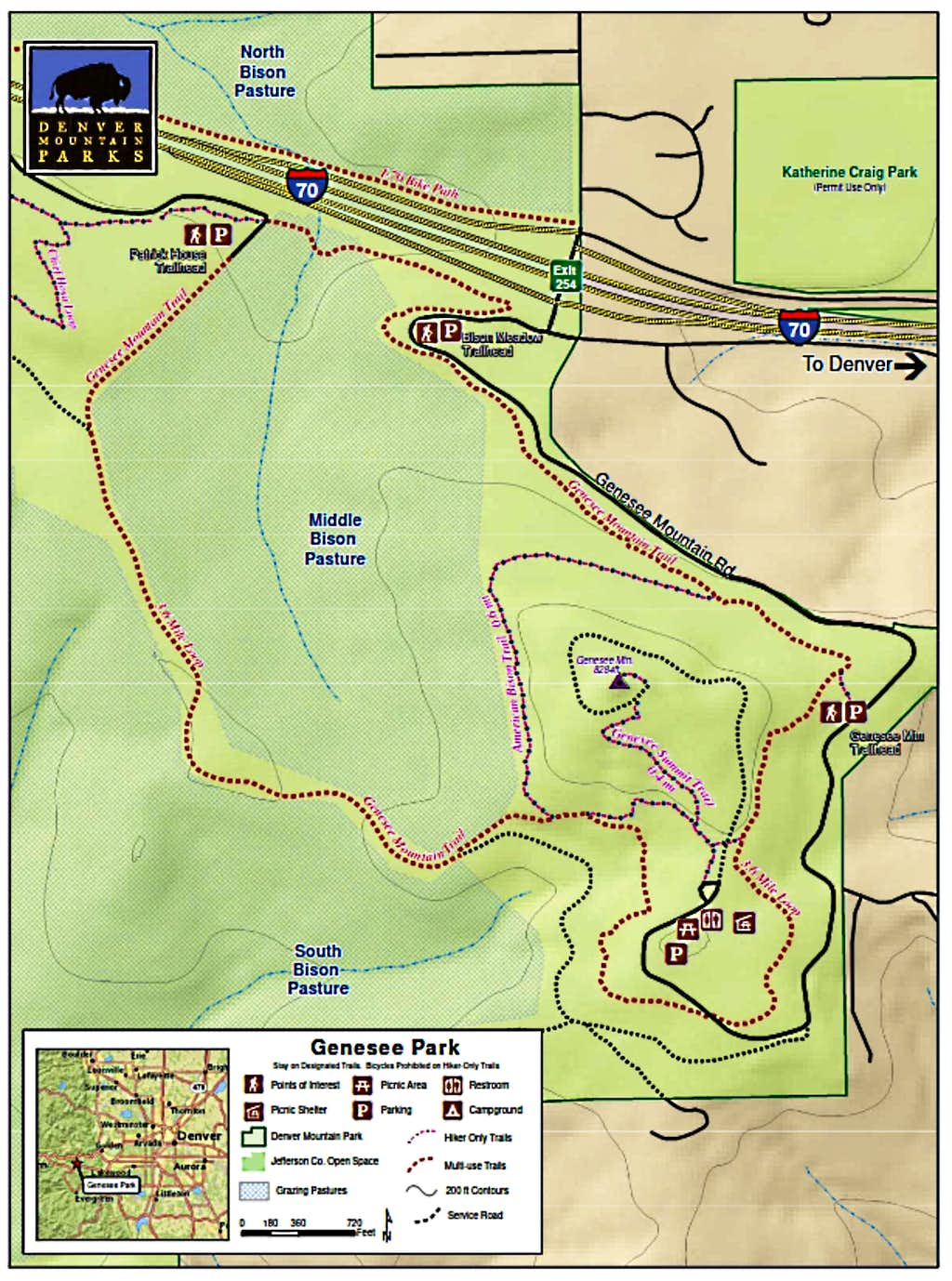

 Facebook
Facebook
 X
X
 Pinterest
Pinterest
 Copy Link
Copy Link